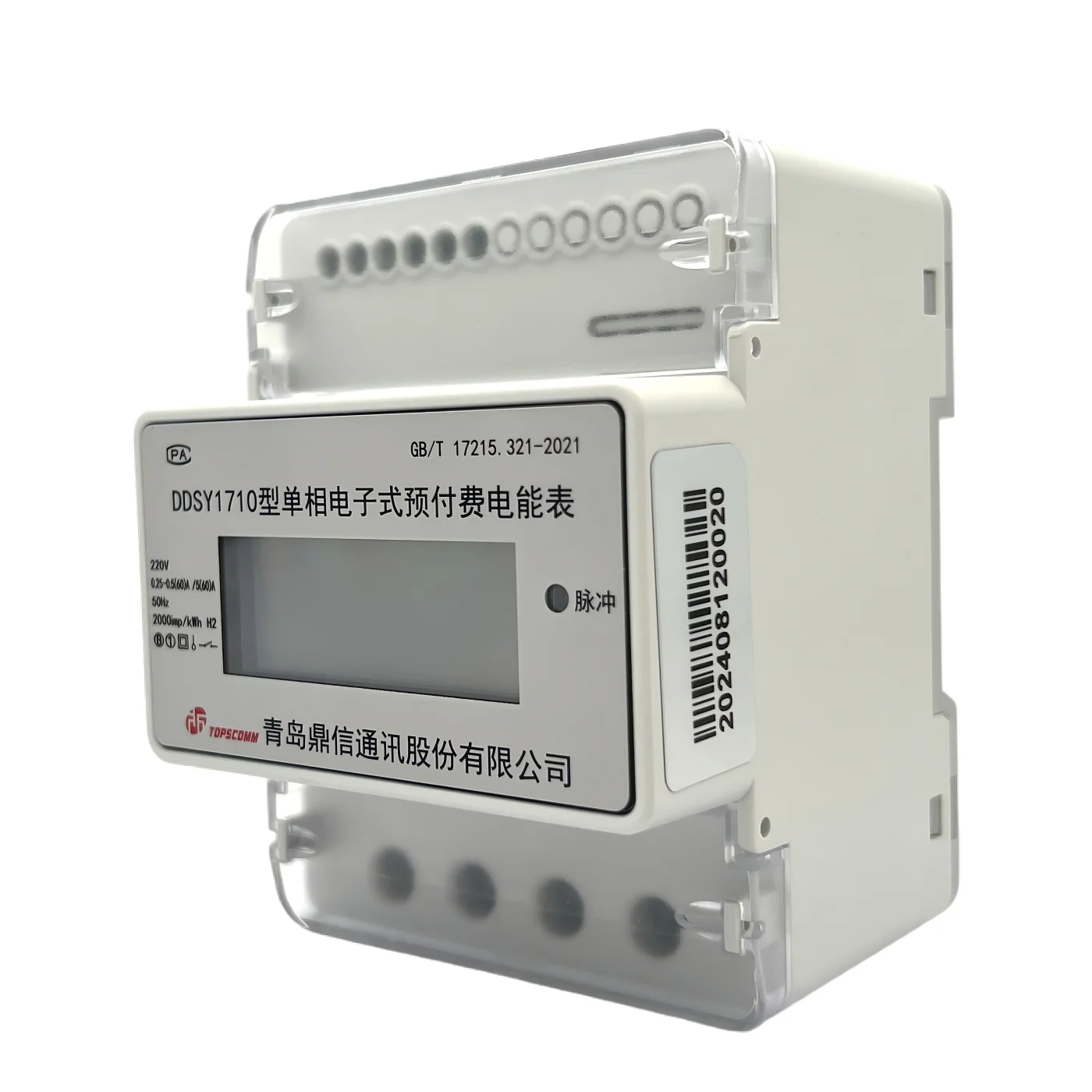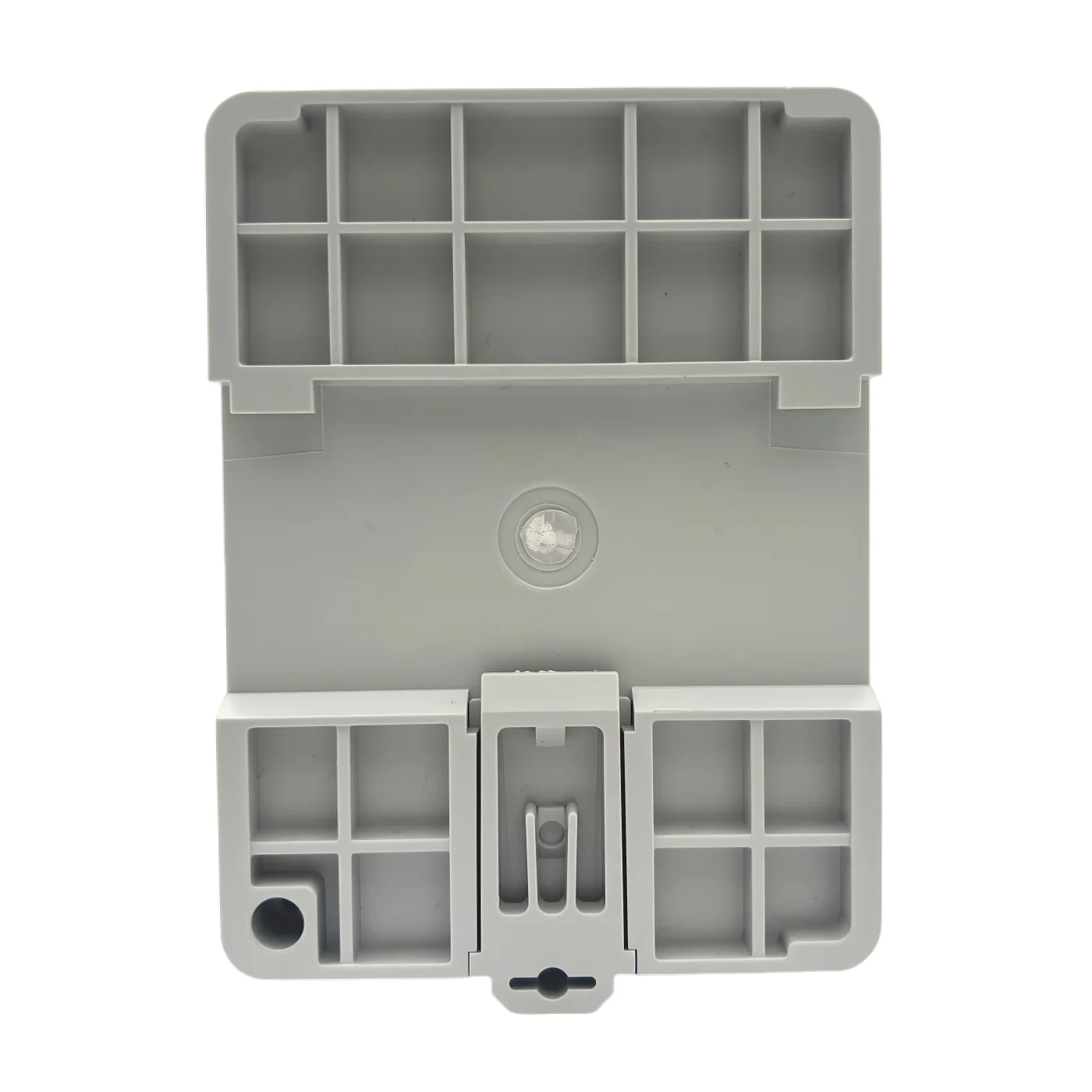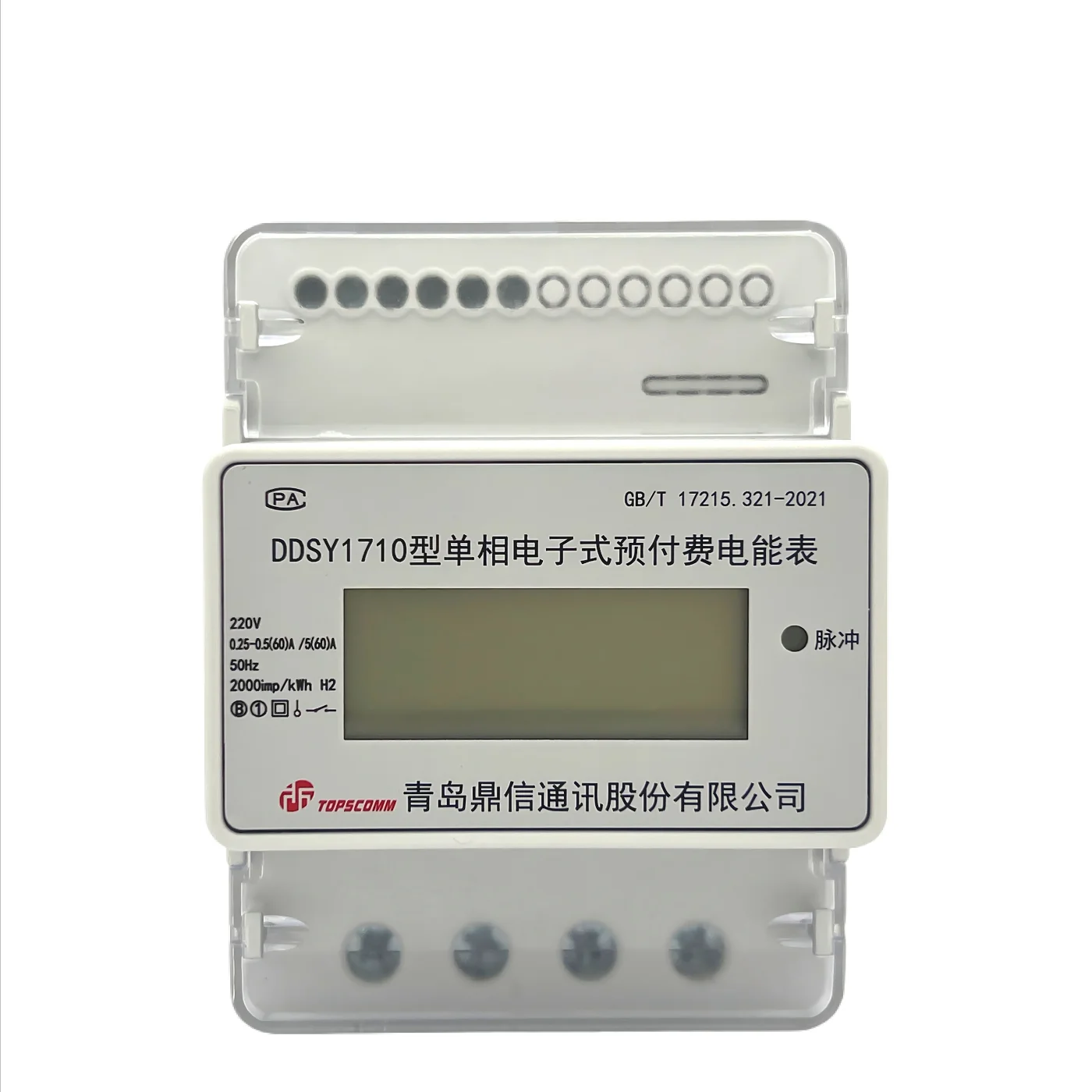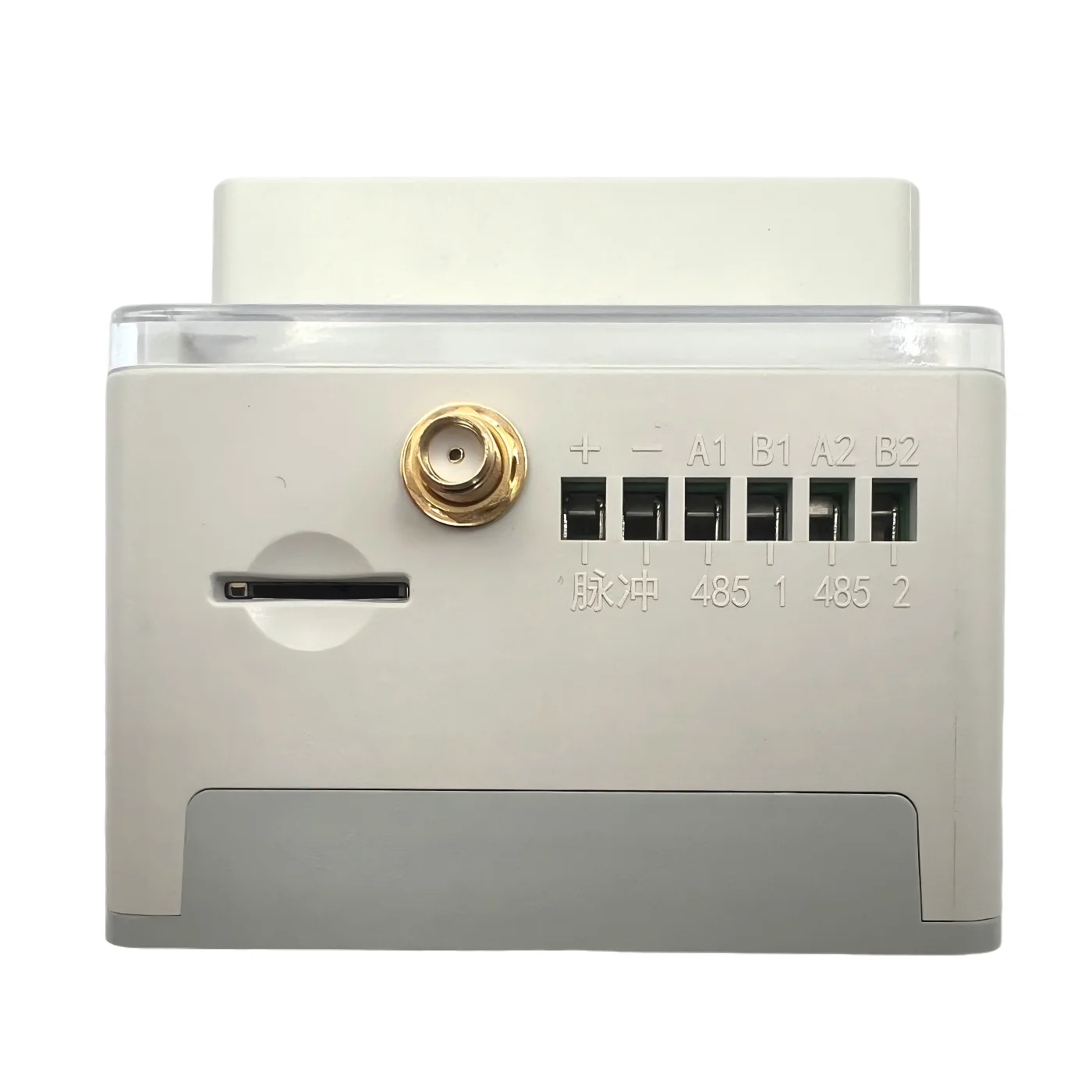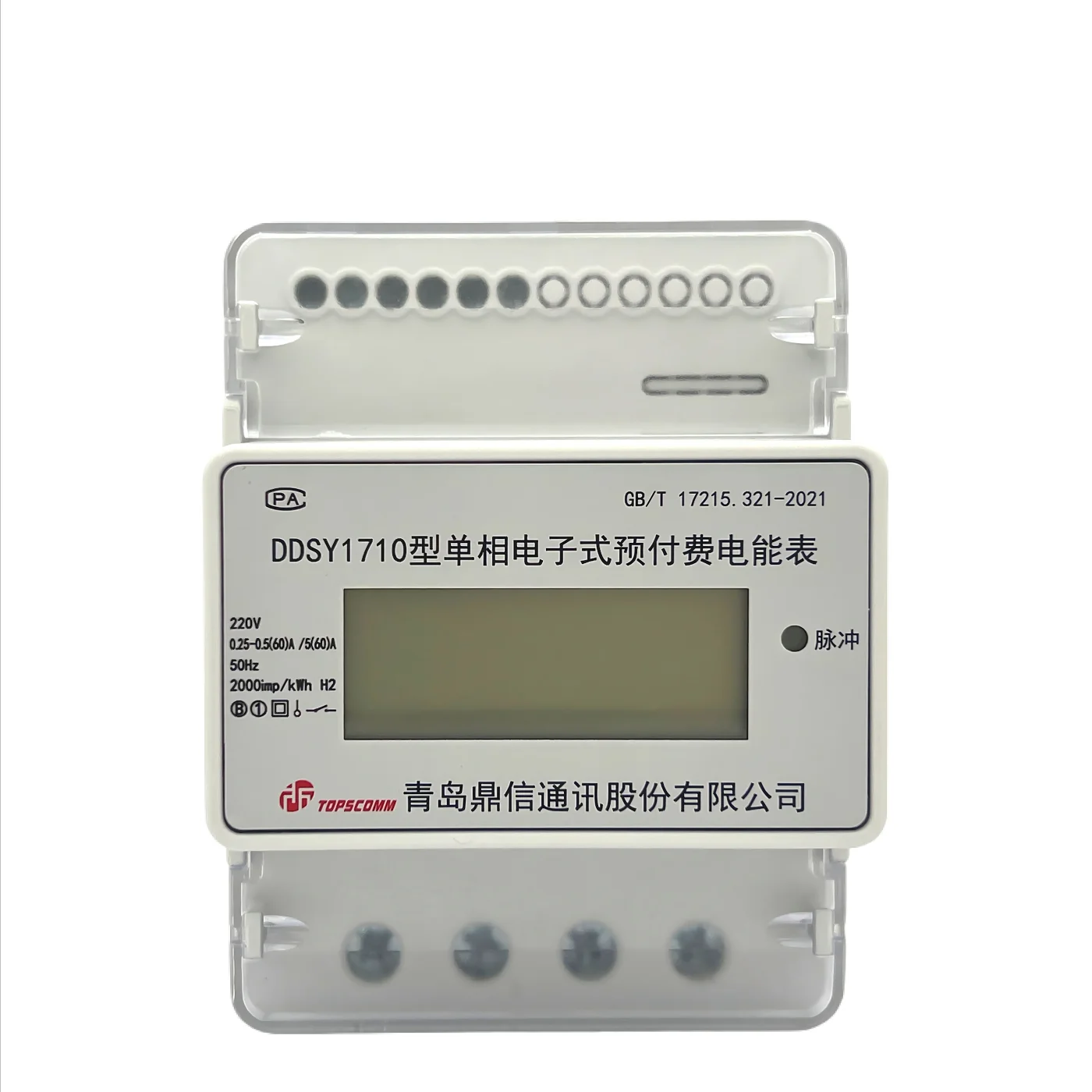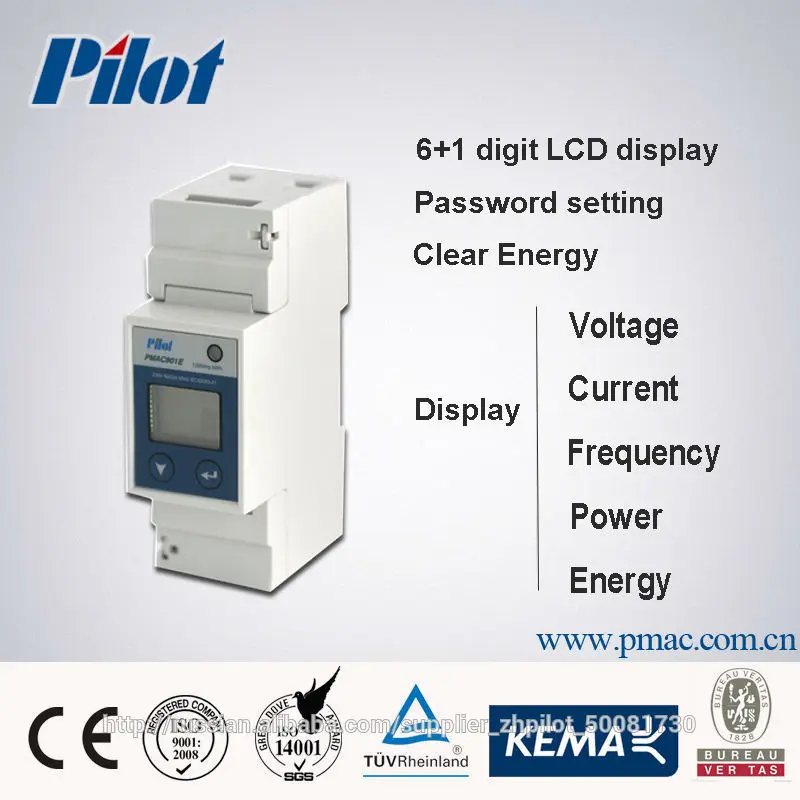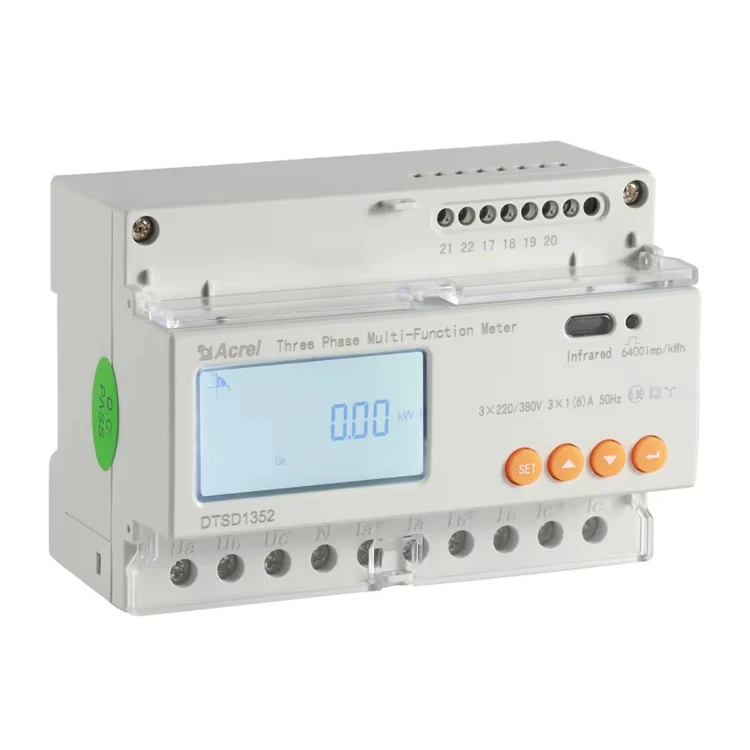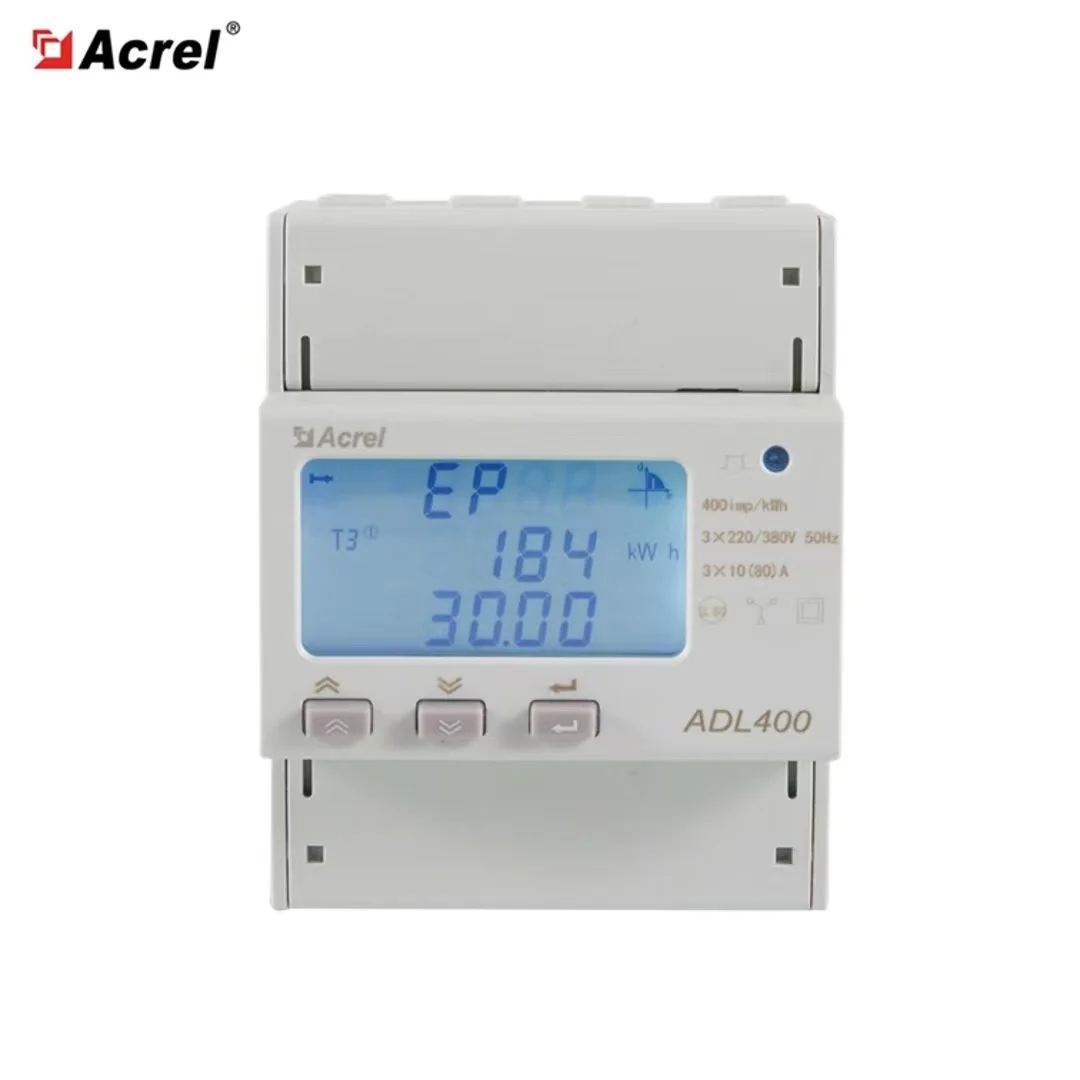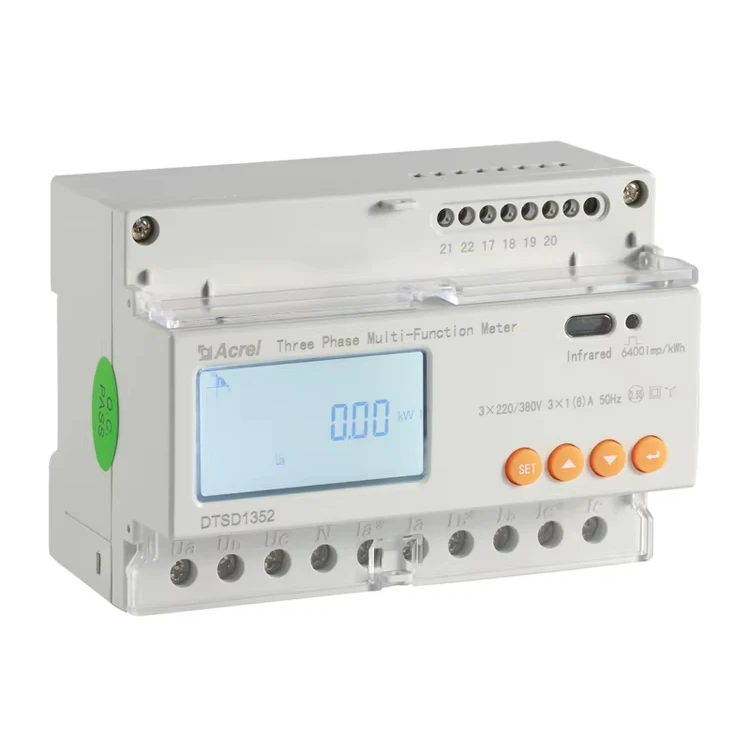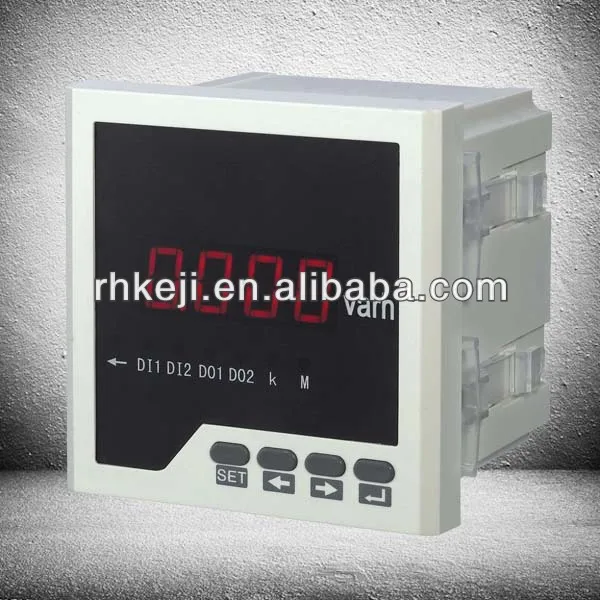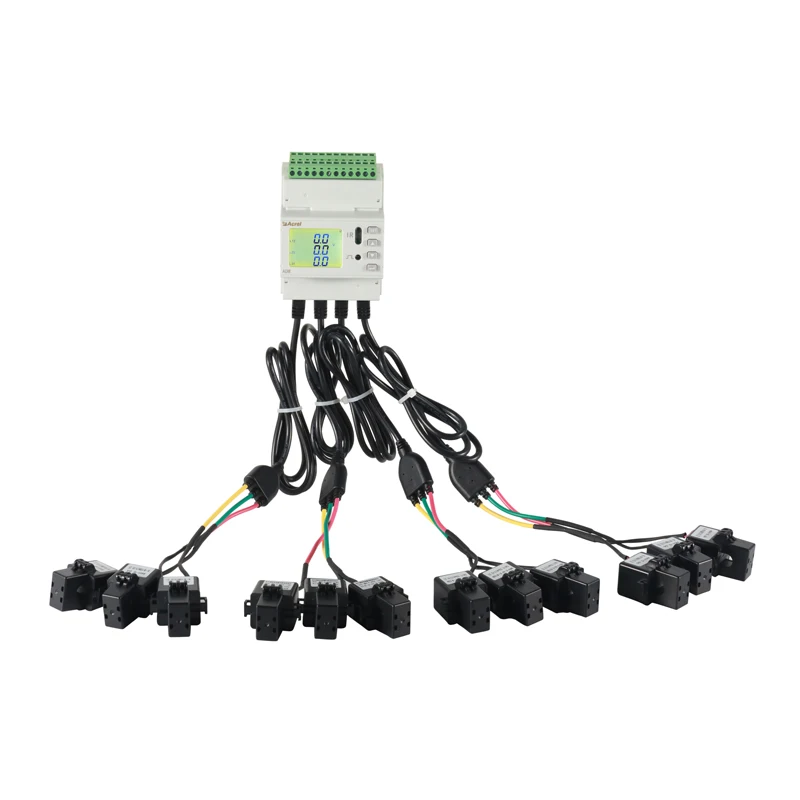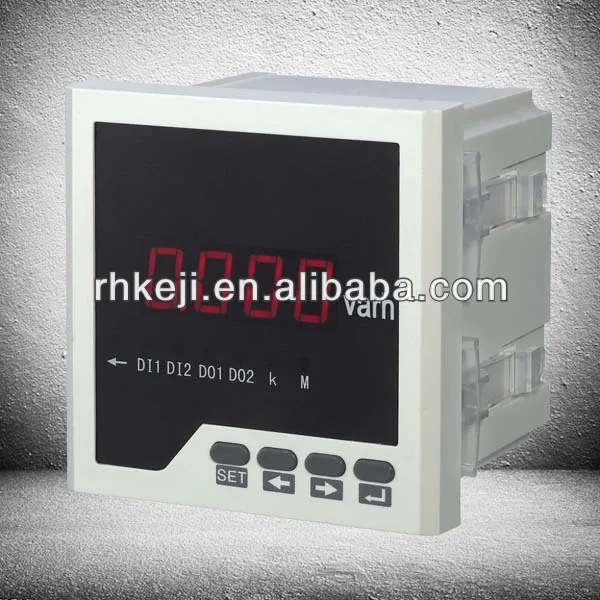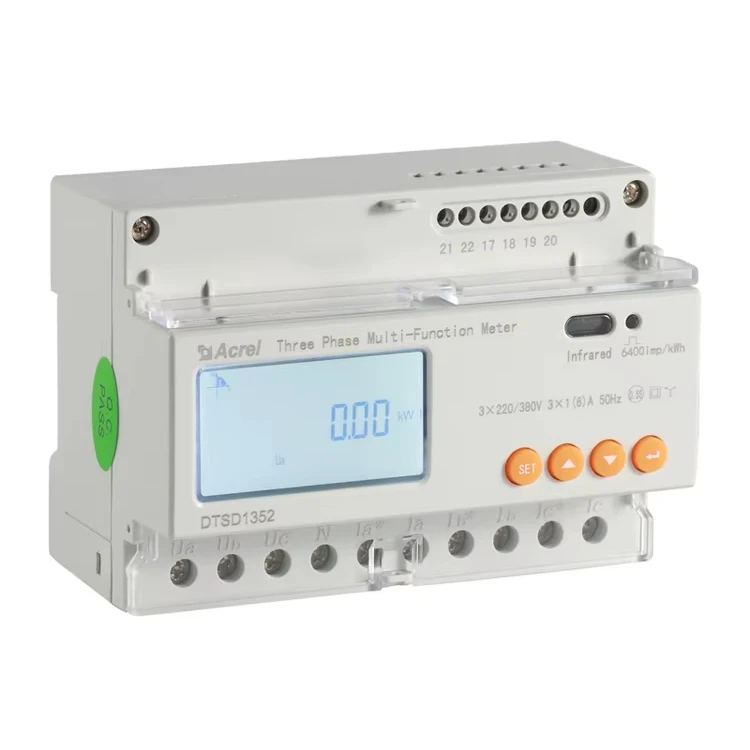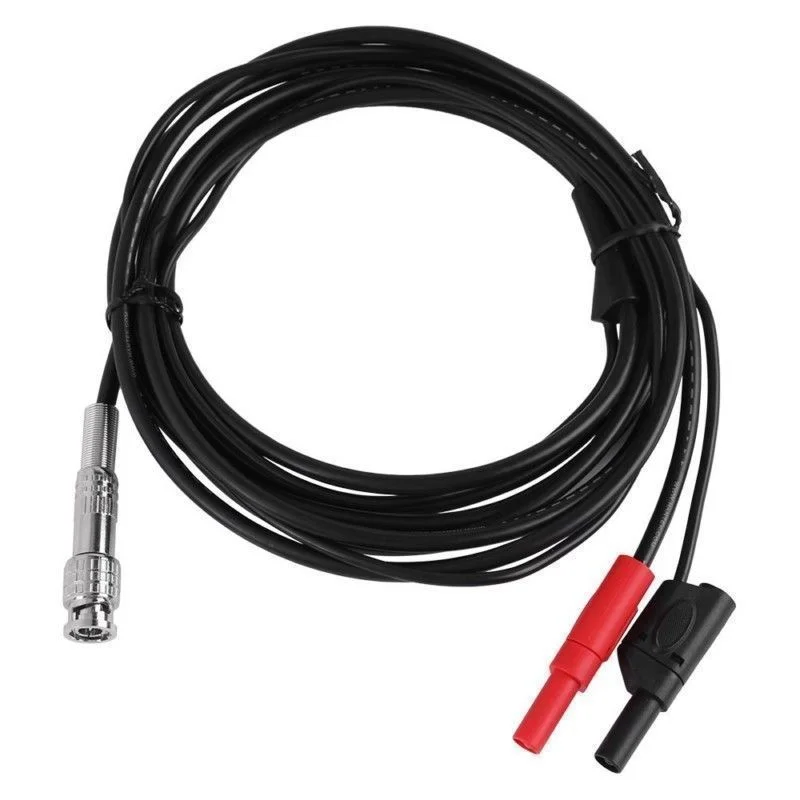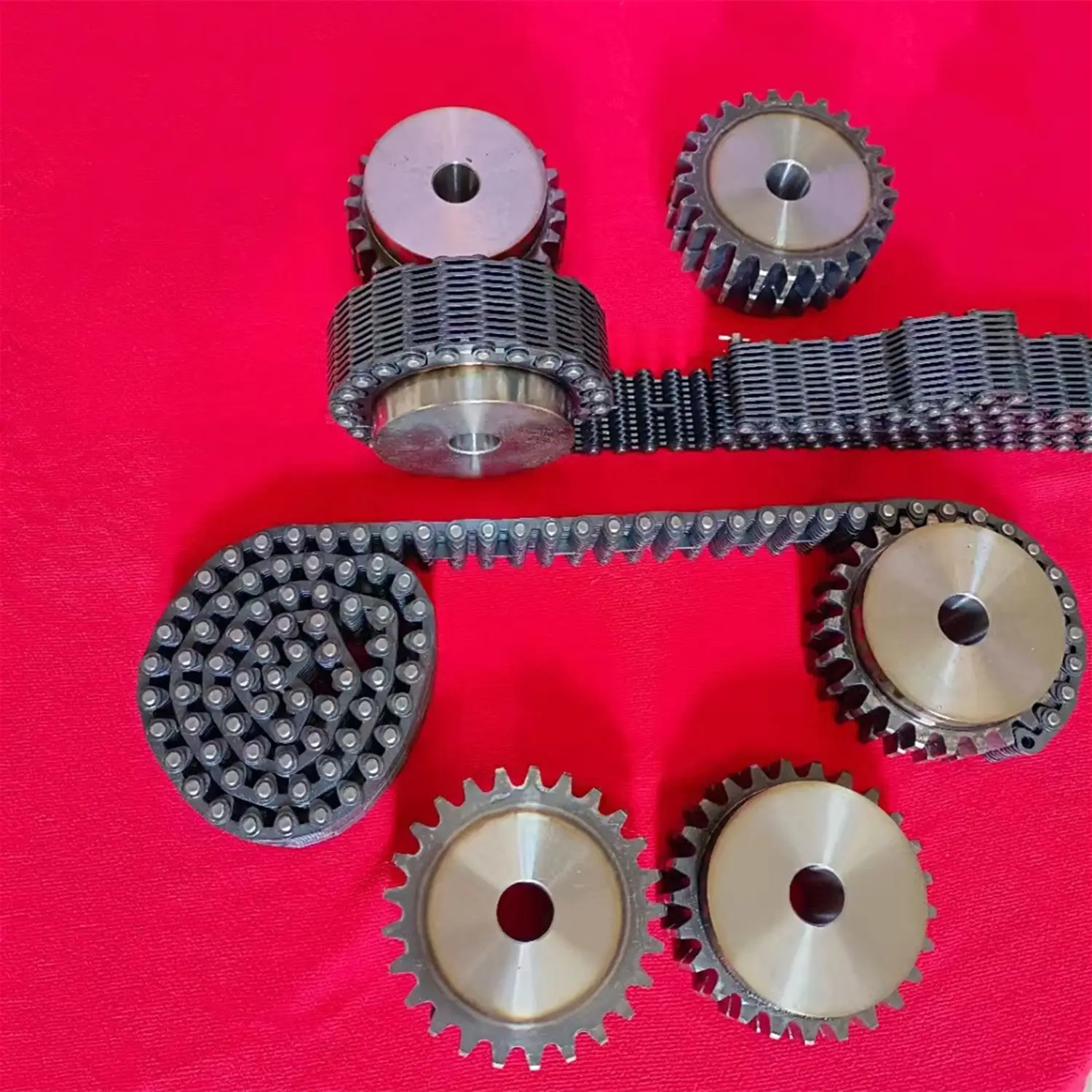Новые продукты различные цвета счетчик электроэнергии во время использования Электрический Компактный
- Категория: >>>
- Поставщик: Qingdao Topscomm Communication Co. Ltd.Qingdao Ltd.
Сохранить в закладки 1601370847282:
Описание и отзывы
Характеристики
Product Description
Company Profile

Topscomm Communication was founded in 2008 and listed on the Shanghai Stock Exchange in October 2016 (stock code 603421). The company has a 220000 square meter automated production base, a 37000 square meter research and development center, and a 22000 square meter CNAS accredited laboratory. It is a group enterprise based on independent research and development platforms,independent IC design, independent embedded software, independent engineering design, and independent automated production.
The company relies on two original technologies in power electronics and signal processing to build three basic platforms: independent original chips, a full value chain intelligent manufacturing platform, and a CNAS certified full process quality control system. These platforms support five business segments: AMI, IDS smart distribution network, IES smart new energy, smart streetlights, and smart water management. They provide efficient, intelligent, and sustainable full range solutions, providing high-quality technology supply for "carbon peak and carbon neutrality". The company adheres to the concept of "ecological cooperation and open innovation", actively seeks partners, introduces external innovation resources, builds a business ecosystem, achieves mutual benefit and win-win results, and jointly promotes new technological innovation and industrial upgrading.


Our Advantages
1)220,000 ㎡ automated production base, joint development of three industries, creating a full value chain intelligent manufacturing platform.
2)CNAS Certified Full Process Quality Control System.
3)The company has developed more than 50 self-developed chips, including main control chips, communication chips, power chips, arc fault detection chips, fluid metering chips, etc. The global usage has exceeded 400 million, supporting the company's power, water meters, new energy, fire protection products and solutions.
2)CNAS Certified Full Process Quality Control System.
3)The company has developed more than 50 self-developed chips, including main control chips, communication chips, power chips, arc fault detection chips, fluid metering chips, etc. The global usage has exceeded 400 million, supporting the company's power, water meters, new energy, fire protection products and solutions.
Production Process



Exhibition





Certifications







Packing & Delivery

To better ensure the safety of your goods, professional, environmentally friendly, convenient and efficient packaging services will be provided.
FAQ
1:What are the basic parameters and selection criteria of an electric energy meter? |
The basic parameters and selection criteria for an electrical energy meter include: Accuracy Class: Specifies the maximum permissible error of the meter at different load conditions. It is usually expressed as a percentage of the full-scale reading. Rating: Indicates the maximum continuous current and voltage values that the meter can measure. It is typically expressed in volts and amperes. Frequency Range: Specifies the range of frequencies in which the meter can operate accurately. For example, 50 Hz or 60 Hz. Power Factor Range: Indicates the range of power factors (lagging or leading) for which the meter can measure energy accurately. Phase Angle Error: The maximum permissible error in measuring the phase angle between voltage and current. Burden: The maximum load that the meter can impose on the measuring circuit, usually expressed in volt-amperes (VA) or ohms. Temperature Range: The range of temperatures within which the meter can operate without loss of accuracy. Compatibility with Communication Protocols: Ensures that the meter can communicate with other systems, such as SCADA or AMR (Automatic Meter Reading) systems. Type of Display: Choices include digital, analog, or dual (both digital and analog) displays. Additional Features: Such as demand measurement, TOU (Time of Use) tariffs, load profiling, and event logging. When selecting an electrical energy meter, these parameters should be considered to ensure that the meter meets the specific requirements of the application. |
2:What are the basic parameters and selection criteria of an electric energy meter? How to check whether the electric energy meter is accurate? |
The accuracy of an energy meter can be detected by comparing its reading with the expected consumption of a known load. If the difference is significant, it may require professional personnel to calibrate or replace the energy meter. |
3:Why do electric energy meters have errors? |
The error of an electric energy meter may be caused by various factors, including equipment aging, external magnetic field interference, voltage fluctuations, current imbalance, etc. Regular calibration and maintenance can help reduce errors. |
4:What is the working principle of an electric energy meter? |
An energy meter calculates energy consumption by measuring current and voltage. Usually, it includes a current coil and a voltage coil, and the magnetic field generated by these coils is proportional to the energy consumption, which is displayed by a counter. |
5:How to replace the energy meter? |
Replacing an energy meter usually requires professional technicians from the power company to ensure safety and proper installation. Users should not replace their energy meters on their own, as this may violate safety regulations and result in inaccurate measurements. |
Похожие товары
Acrel DTSD1352 многоэлектрическое измерение параметров совместимое с инверторами трехфазный измеритель энергии
Высокоточный 3-фазный измеритель энергии переменного тока
Двунаправленный измеритель энергии Acrel DTSD1352 переменного тока двухфазный с двумя источниками высокая точность 0.5s rs485
мини цифровой для монтажа в панель 1/3 фаза одноместный фазы трехфазного мощности квтч счетчик энергии
Интеллектуальный измеритель энергии с 1 каналом 10 мм 5 А/1 25 мА
145,00 $
цифровая панель монтажа активных реактивной 1/3 фаза одноместный фазы энергии
Acrel DTSD1352 мониторинг входящей линии питания rs485 связь нулевой экспорт солнечной сети счетчик энергии
Новые поступления
Новинки товаров от производителей по оптовым ценам
Hantek щупы осциллографа автоматический Тестовый Кабель Ht30a Bnc к банану двойная Банановая головка многоцелевое автомобильное
3,10-3,44 $
Горячая распродажа ручная работа традиционная деревянная урна для домашних животных квадратная коробка золы собак и кошек персонализированная Лучшая цена
Промышленная серия CL Бесшумная цепь стальная зубчатая Фланцевая контактная звездочка соединяющая бесшумные цепи
1-1,50 $
Irdmco экологически чистый минималистичный прямоугольный деревянный ящик для хранения стеллаж поделок и детских игрушек Домашняя мебель гостиной
Технология сенсорных перчаток и аксессуары для детей от дождя холода M725132-334
1,07-1,40 $
GY6 6 Pin AC гоночный CDI для CG125 CG250 двигателя Dirt Pit Bike ATV Quad
Парик из синтетического волокна для косплея
9,85-12,66 $
Прямая Продажа с фабрики 65 см Модернизированный подвесный стерео голографический проектор светодиодный вентилятор высокой четкости экран 3D дисплей
155-185 $
